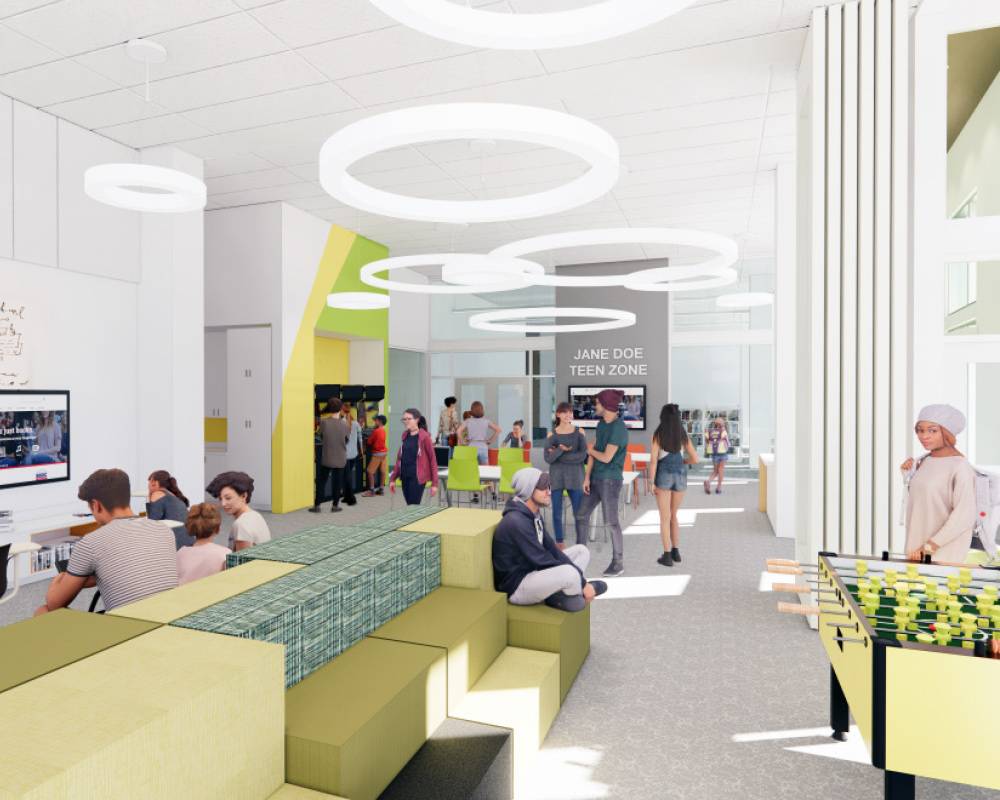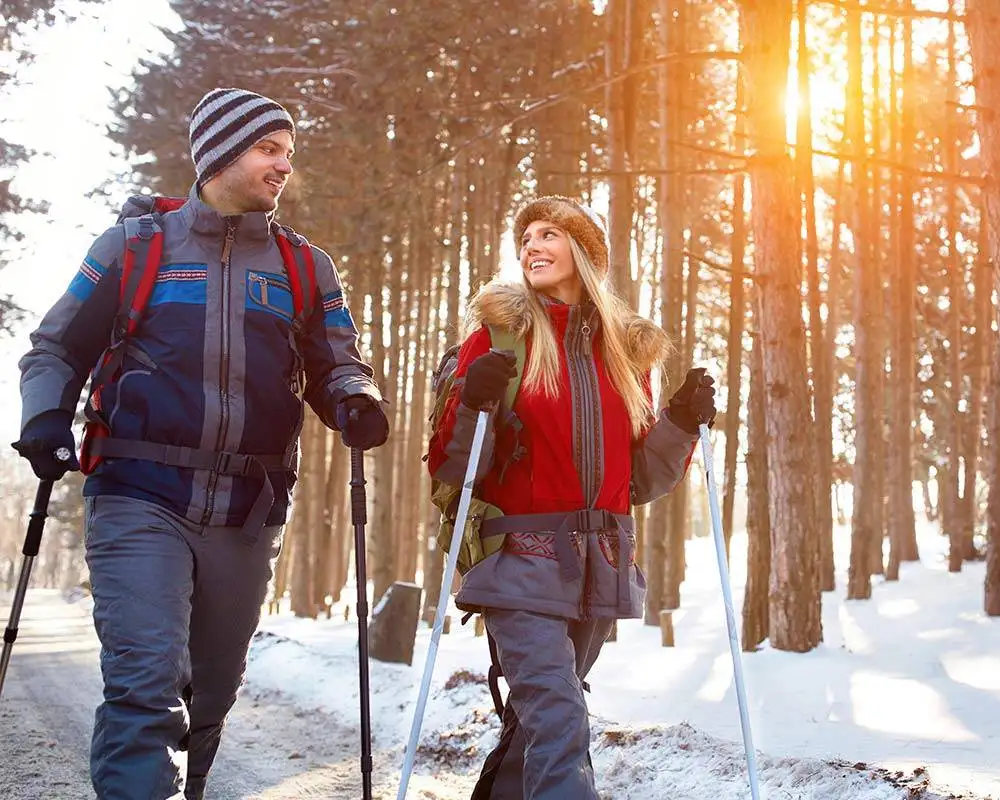When the Discovery Center Museum first opened in 1981, it was housed in Rockford’s old post office building and had just 20 exhibits. It was only available for school field trips. About 2,000 students visited that first year, welcomed and guided by volunteers.
Today there are more than 300 science-inspired exhibits. In 2019, the museum served almost 275,000 people from across the U.S. and world.
Boasting 23,000 square feet of exhibit space, with another 18,000 square feet dedicated to a multi-level outdoor science park, today’s Discovery Center, 711 N. Main St., is still growing. It has earned a staggering amount of acclaim from the likes of TripAdvisor and many national publications. It’s also garnered support from many local companies that appreciate its positive influence on the region’s future workforce.
One factor has remained constant through the museum’s evolution: the leadership of Discovery Center Executive Director Sarah Wolf.
“If I had known, when this was getting started, where it was going to end up, I probably would have chickened out,” she says with a laugh.
Fortunately for the Rockford region, she didn’t.
Wolf was a member of Junior League of Rockford, which, in partnership with the Rockford Area Arts Council, decided to create a hands-on learning space dedicated to physical science. She served on the committee charged with making it happen, taking the helm as the committee’s director in its second year.
The group visited museums like Exploritorium in San Francisco. It was during a trip to the Magic House, a children’s museum in St. Louis, that Wolf was truly inspired.
“When I saw the Magic House, I thought, ‘This is it. This is what we’re thinking about.’”
Discovery Center opened to the public in its second year. By the third year, attendance had almost doubled to 11,750. By its fifth year, it almost doubled again, and by then Wolf had been appointed the museum’s director.
It wasn’t long before the Discovery Center needed a new home. A decision to host a dinosaur exhibit in the National Guard Armory was a pivotal moment.
“Around 80,000 people came that summer,” Wolf says. “I was forever having to explain what Discovery Center was until we did the dinosaurs. Then I could say, ‘We’re the group that did the dinosaur exhibit.’ That put our name on the map.”
That attention, and Wolf’s persistence, led to a $300,000 grant from the Build Illinois program, funds that could be used to find a new home.
In 1988, after a brief stay at the former Garrison School, the Discovery Center moved to its current location, a former Sears store that was donated to the Rockford Art Museum, which then formed a consortium with the Discovery Center, Rockford Symphony Orchestra and Rockford Dance Company. Rockford Park District now owns the building.
Much more than a tourist destination, Discovery Center is an important hub for students, teachers and citizen scientists.
“For a city our size to have a museum that has such a national reputation is pretty incredible,” says Ann Marie Walker, marketing director. “We’ve been very fortunate to have phenomenal staff who understand what it takes to be successful in an informal science setting.”
Unlike some museums, nothing in the Discovery Center is under glass or behind a rope. Everything is designed to be played with while teaching core science, technology, engineering and math (STEM) concepts.
“The way that children learn is through play,” Walker says. “When you’re playing with your child, it’s not just about having fun. There’s learning going on. There are neurons firing. Connections are being made.”
In addition to hosting tens of thousands of visitors per year, the Discovery Center offers classes for school groups of all ages as well as home-schooled students.
Discovery Center’s Tot Spot classes offer opportunities for parents and young children to interact, focusing on concepts like turn-taking and sharing.
“We love parent interaction,” Walker says. “It’s incredibly important to spend time interacting with your child. We really try to talk about that in our classes and provide opportunities for it to happen.”
It’s hard to imagine just what the next 40 years will look like, but Wolf is confident about what’s to come.
“We’re always trying to meet the needs of our own community,” Wolf says. “If you lose sight of that, then you’ve lost a big reason to be.” ❚
















